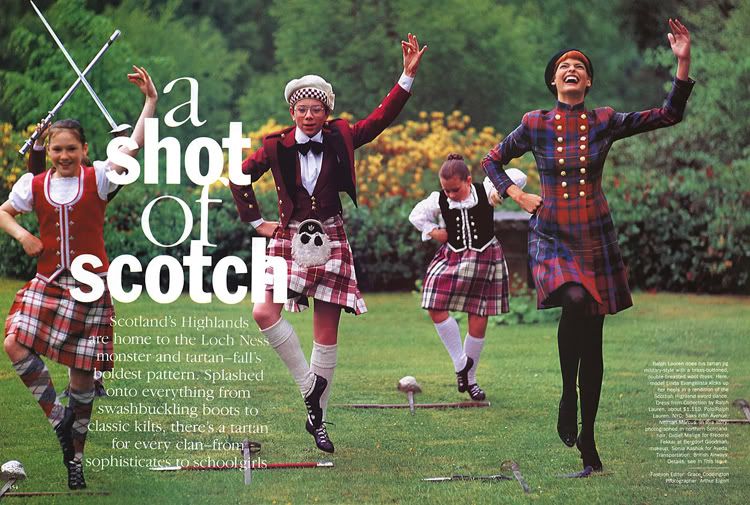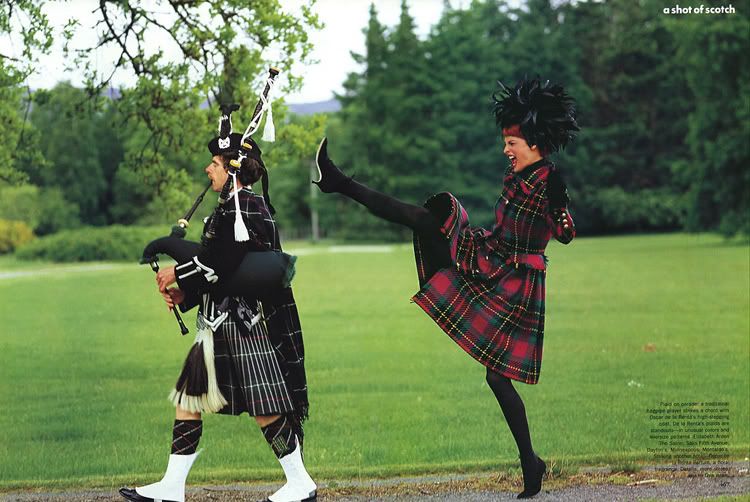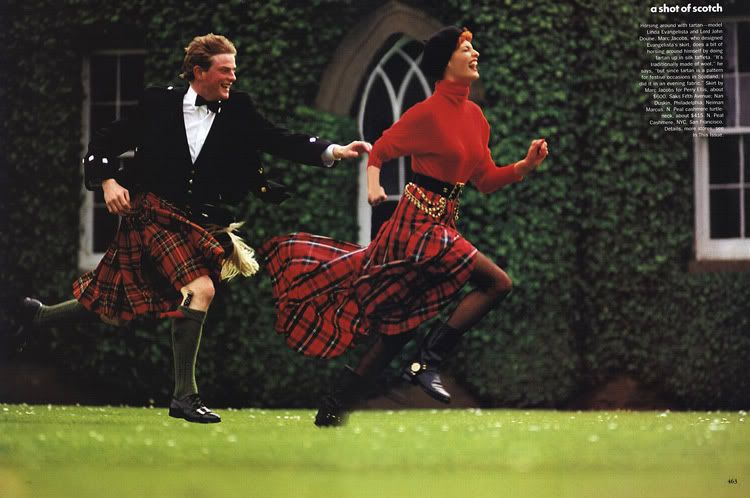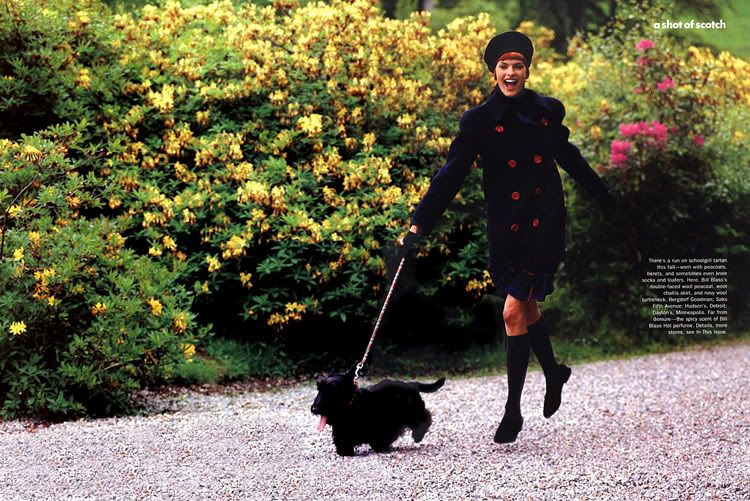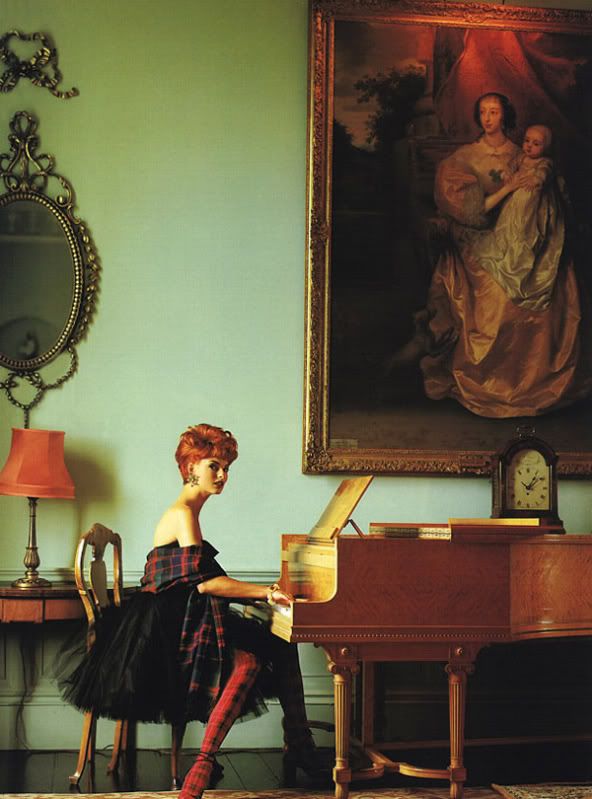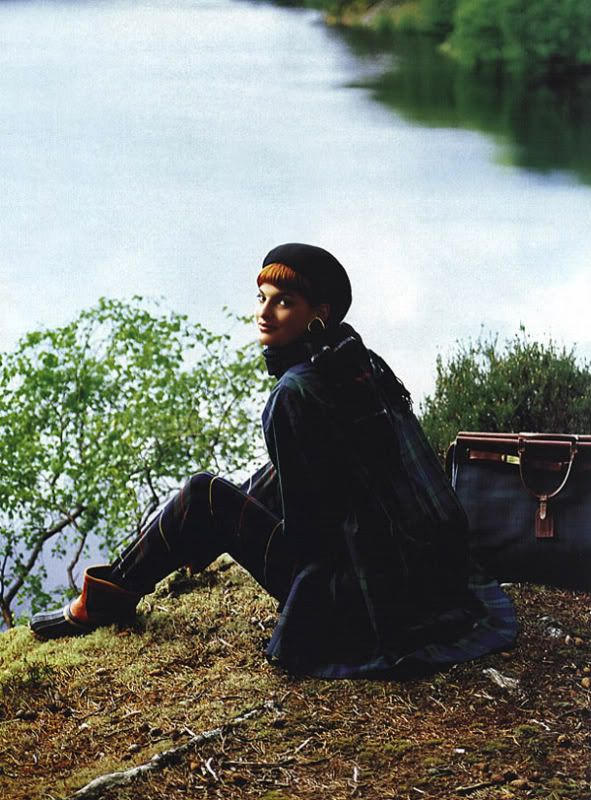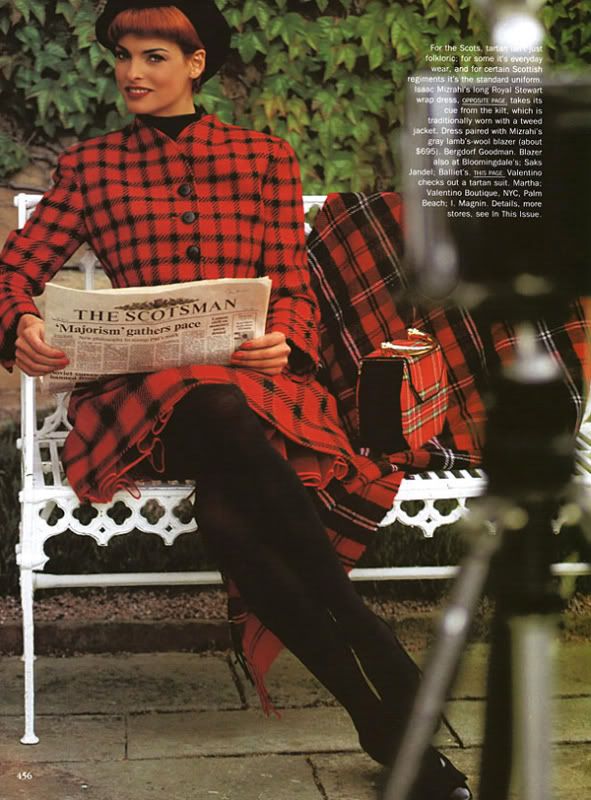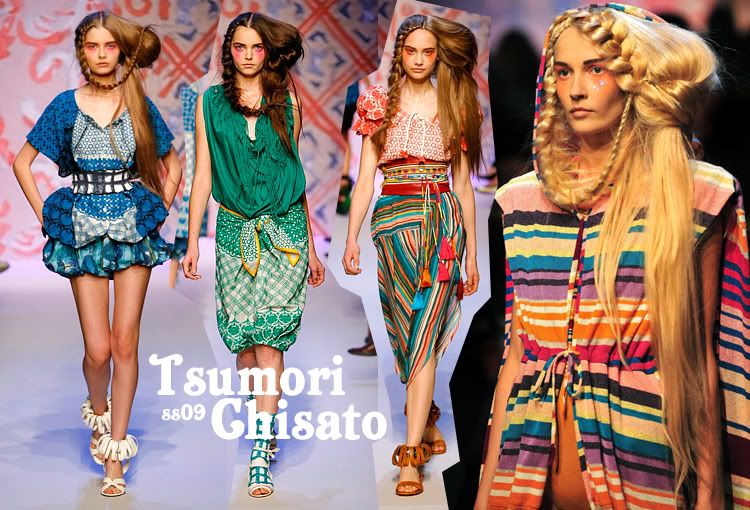
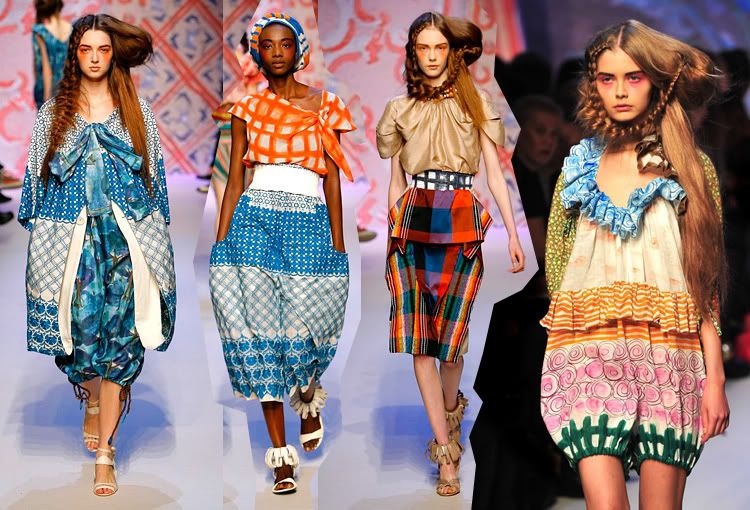
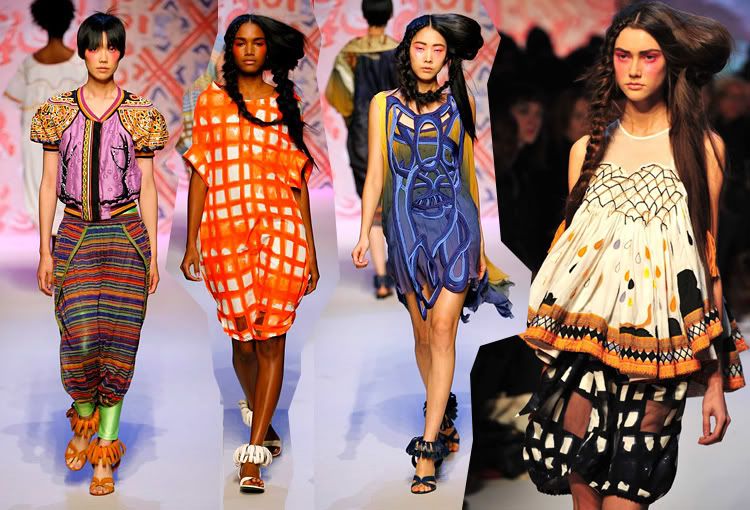
Images via sofeminine and a-net



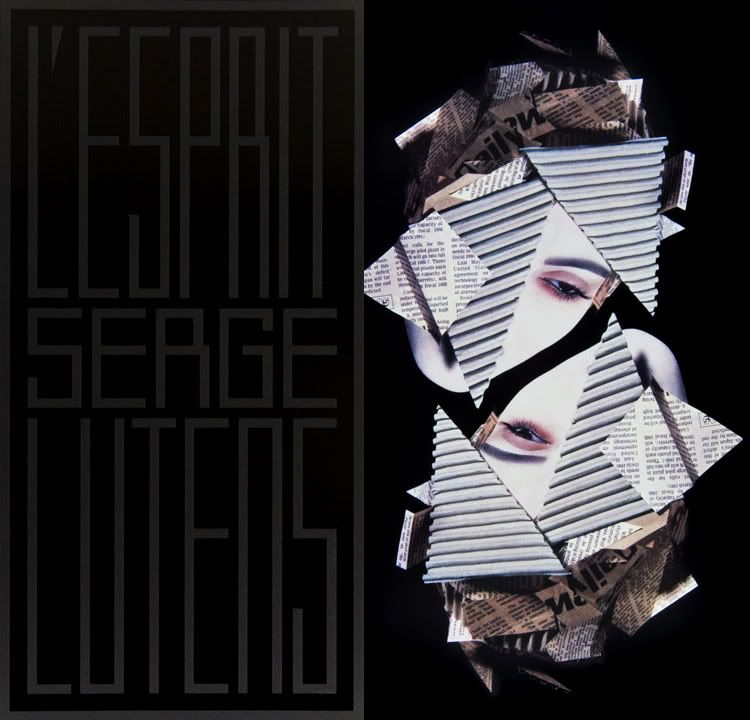
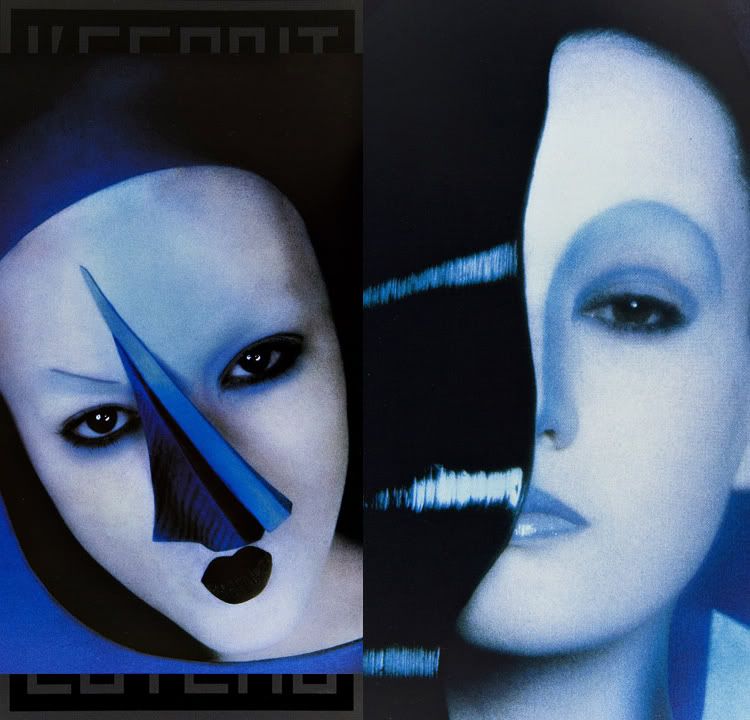
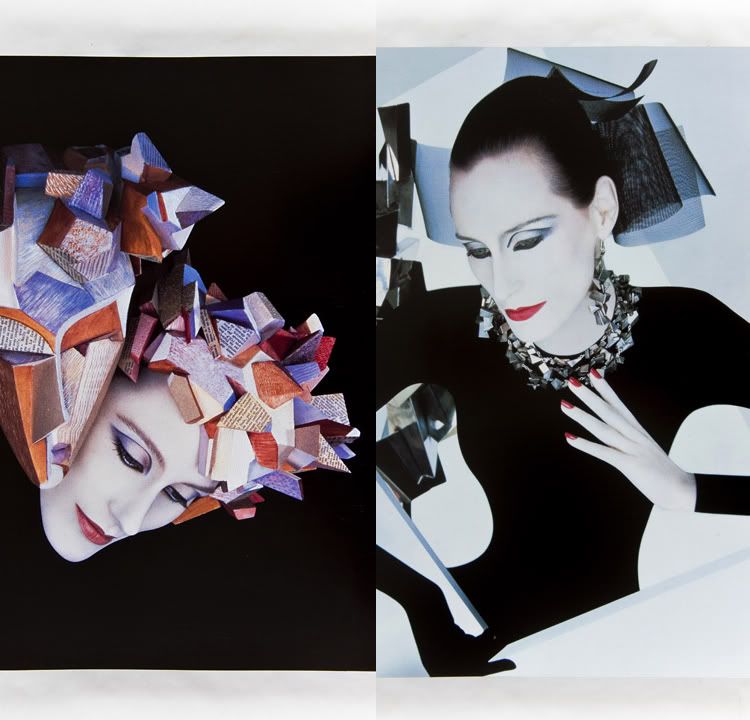
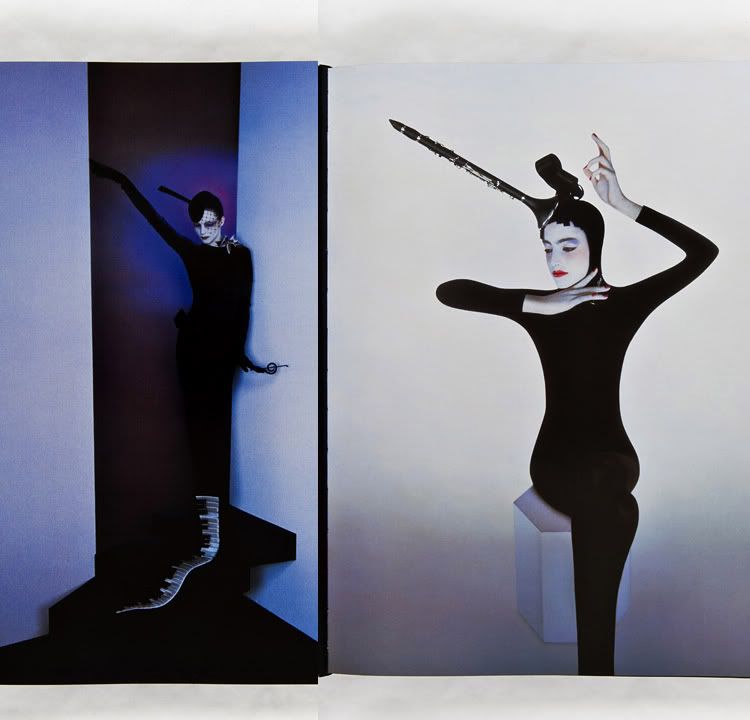
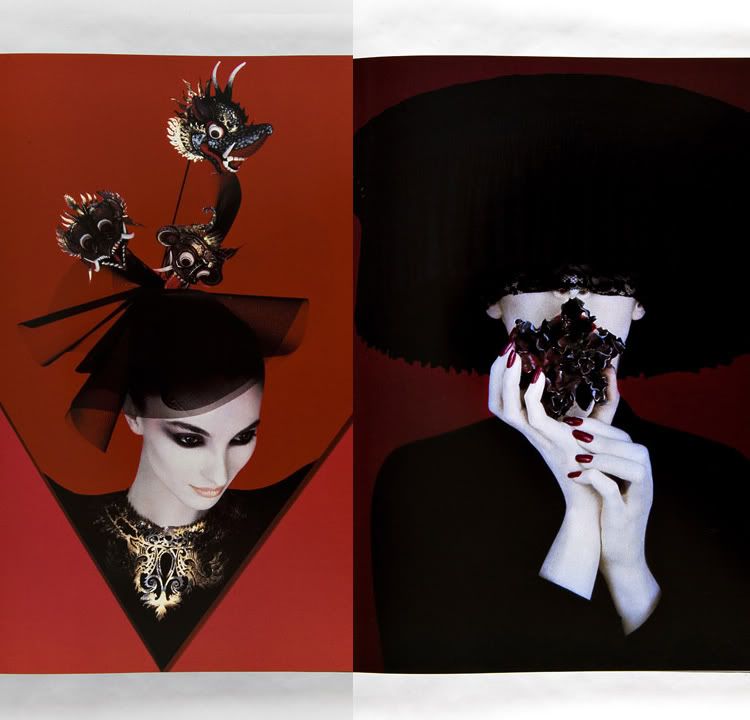
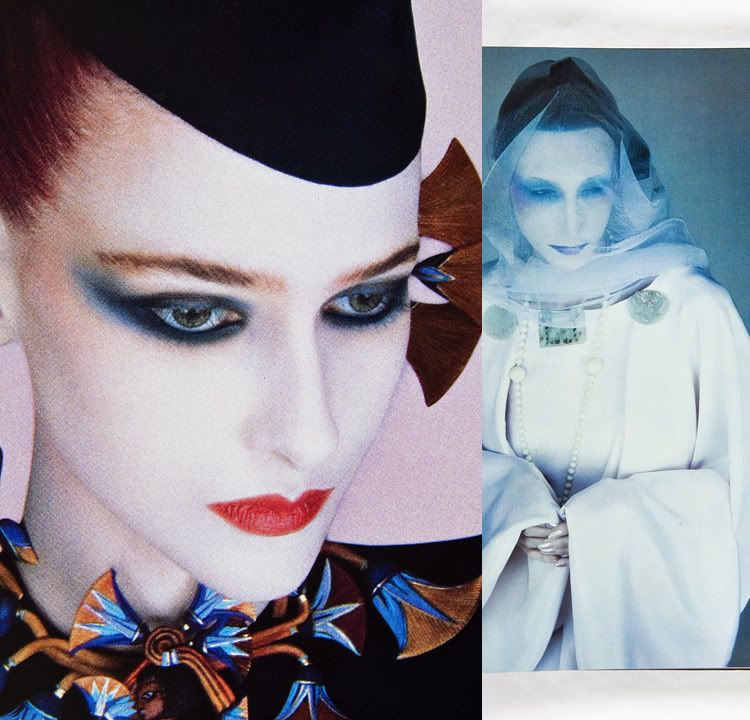
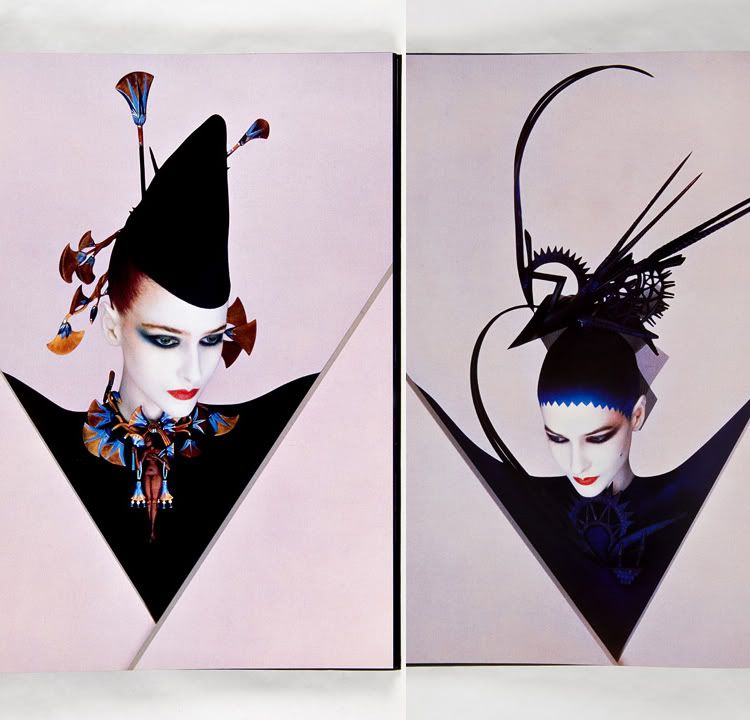
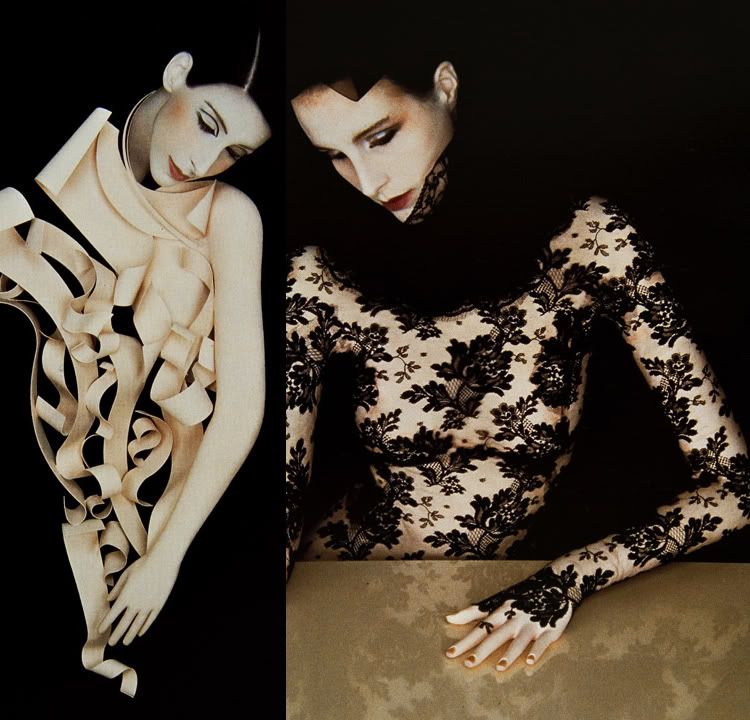

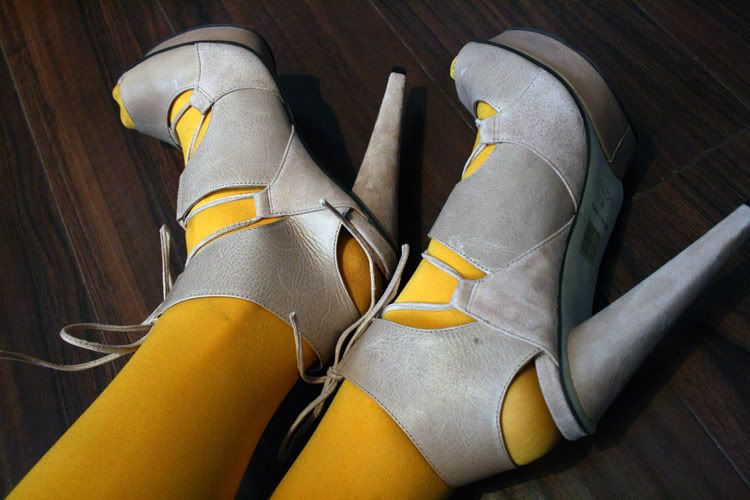


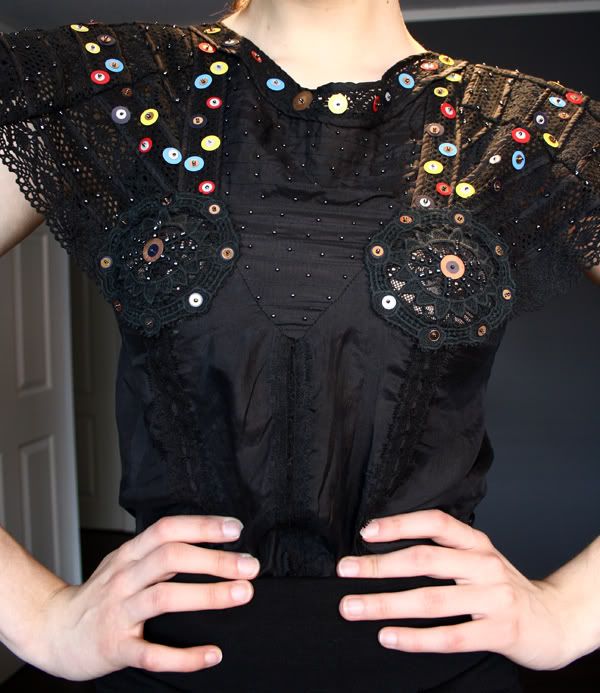





Freid, Bill. “Grunge.” St. James Encyclopedia of Pop Culture. FindArticles.com. 27 Apr, 2009. http://findarticles.com/p/articles/mi_g1epc/is_tov/ai_2419100545/
Haddow, Douglas. "Hipster: The Dead End of Western Civilization." Journal of the Mental Environment (2009).
Kerouac, Ack. "Aftermath: The Philosophy of the Beat Generation." Esquire Mar. 2008.
Skerl, Jennie, ed. Reconstructing the Beats. Palgrave Macmillan, 2004.
In addition all the pictures came from google image search and facebook albums of my friends...thanks guys
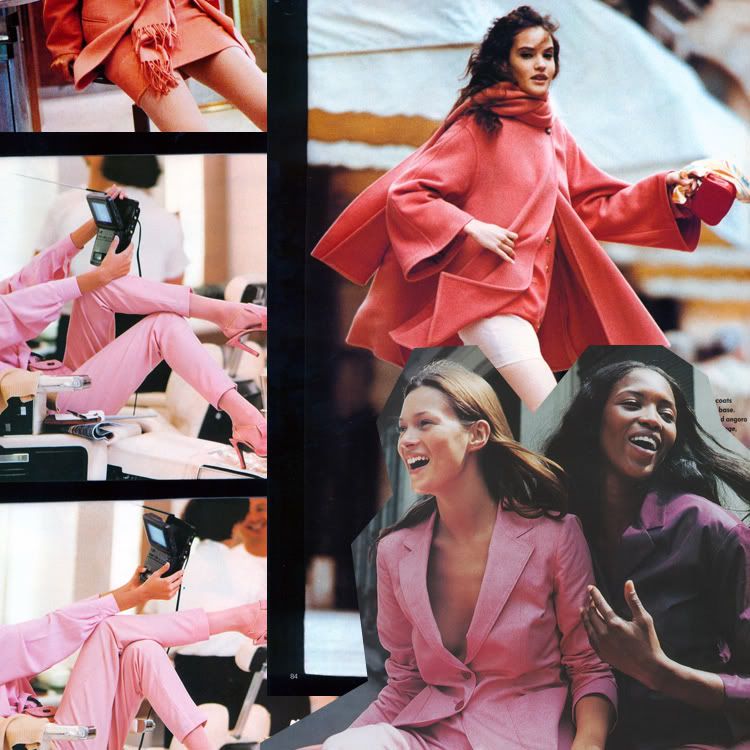

 The few American Apparels are booming, and the thrift stores never run out of business from hipsters. However, just as in
The few American Apparels are booming, and the thrift stores never run out of business from hipsters. However, just as in 
An artificial appropriation of different styles from different eras, the hipster represents the end of Western civilization – a culture lost in the superficiality of its past and unable to create any new meaning. Not only is it unsustainable, it is suicidal. While previous youth movements have challenged the dysfunction and decadence of their elders, today we have the "hipster" – a youth subculture that mirrors the doomed shallowness of mainstream society. (1)
The original hipsters have nowhere to turn, and are forced to blend with the wanna-be’s that surround them everywhere. The corporizing of hipster styles and attitudes diluted an already diluted realist attitude to almost nothing but a fashion statement.

 wealthy infusion to the hipster look. He writes “in 2008, such things[PBR, v-necks etc.] have become shameless clichés of a class of individuals that seek to escape their own wealth and privilege by immersing themselves in the aesthetic of the working class” (2). Wealthy people bought similar designs at higher prices, and began to drink and smoke the same things adopting a fashion statement that the majority of them did not understand. Just as grunge became popularized and corrupt so did this new look. Haddow also provides a great description of the hipsters that arose from the imitation of the antisocial working class. He writes, “after punk was plasticized and hip hop lost its impetus for social change, all of the formerly dominant streams of "counter-culture" have merged together. Now, one mutating, trans-Atlantic melting pot of styles, tastes and behavior has come to define the generally indefinable idea of the ‘Hipster’” (1). Hipsters were a generation the started off as counterculture, individual, and unique.
wealthy infusion to the hipster look. He writes “in 2008, such things[PBR, v-necks etc.] have become shameless clichés of a class of individuals that seek to escape their own wealth and privilege by immersing themselves in the aesthetic of the working class” (2). Wealthy people bought similar designs at higher prices, and began to drink and smoke the same things adopting a fashion statement that the majority of them did not understand. Just as grunge became popularized and corrupt so did this new look. Haddow also provides a great description of the hipsters that arose from the imitation of the antisocial working class. He writes, “after punk was plasticized and hip hop lost its impetus for social change, all of the formerly dominant streams of "counter-culture" have merged together. Now, one mutating, trans-Atlantic melting pot of styles, tastes and behavior has come to define the generally indefinable idea of the ‘Hipster’” (1). Hipsters were a generation the started off as counterculture, individual, and unique.
 es that is expressed through individual resistance and collective action” (42). He proceeds to say that a beatnik was a person who “was attracted to bohemian enclaves as sites in which widespread attitudes and habits, such as Cold War politics, racial segregation, heterosexuality, and the valorization of commodity consumption could be transgressed” (42). Beatniks were the polar opposite of mainstream culture and not considered trendy. Their fashion, and attitudes slowly evolved as the 70s came in, and soon enough beatniks were gone and hippies were blossoming (Kerouac). The beatnik dress reflected their attitudes and beliefs; nothing about it was conforming. A few years after, hippies became an endangered species, and the 80s started forming different trends. From the mid 80s to 90s the grunge style started appearing. Like beatniks it was a combination of thrift store outfits and attitudes. The grunge style began as an underground music genre in Seattle, which inspired a new way of dress. With the drop of the Nirvana album, Nevermind and Peal Jam’s Ten in the same month, the grunge style instantly became famous. Ironically enough these bands that had patronizing rock stars suddenly became the new gods of the rock world. This parallels what happened with the fashion at that time. The grunge fashion scene was picked up quickly by designers. Flannel, the popular dress of grunge, because of its inexpensive and durability, was now seen on every store manikin (Freind). Two important things happened through these time periods. First, a reversal of dress and music occurred. The rebellious, antisocial dress of beatniks lead to a separate music genre, whereas grunge was a fashion inspired my music. Secondly, with the grunge generation the first corporization occurred. Ironically, the realism of both these groups originally rooted into anti-corporation values.
es that is expressed through individual resistance and collective action” (42). He proceeds to say that a beatnik was a person who “was attracted to bohemian enclaves as sites in which widespread attitudes and habits, such as Cold War politics, racial segregation, heterosexuality, and the valorization of commodity consumption could be transgressed” (42). Beatniks were the polar opposite of mainstream culture and not considered trendy. Their fashion, and attitudes slowly evolved as the 70s came in, and soon enough beatniks were gone and hippies were blossoming (Kerouac). The beatnik dress reflected their attitudes and beliefs; nothing about it was conforming. A few years after, hippies became an endangered species, and the 80s started forming different trends. From the mid 80s to 90s the grunge style started appearing. Like beatniks it was a combination of thrift store outfits and attitudes. The grunge style began as an underground music genre in Seattle, which inspired a new way of dress. With the drop of the Nirvana album, Nevermind and Peal Jam’s Ten in the same month, the grunge style instantly became famous. Ironically enough these bands that had patronizing rock stars suddenly became the new gods of the rock world. This parallels what happened with the fashion at that time. The grunge fashion scene was picked up quickly by designers. Flannel, the popular dress of grunge, because of its inexpensive and durability, was now seen on every store manikin (Freind). Two important things happened through these time periods. First, a reversal of dress and music occurred. The rebellious, antisocial dress of beatniks lead to a separate music genre, whereas grunge was a fashion inspired my music. Secondly, with the grunge generation the first corporization occurred. Ironically, the realism of both these groups originally rooted into anti-corporation values.





